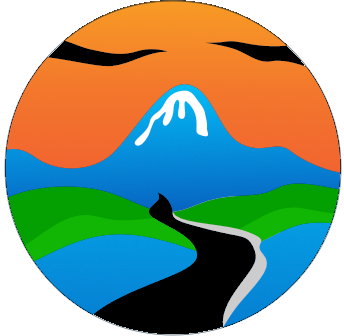Santa Fe Downtown
Santa Fe is about 30 minutes from the KOA campground. It was early on a Tuesday morning and already all the street parking was taken. I drove out East Alameda and found parking on the street beside a small park. On my way to the capitol building I stopped to take photos of these ladies. I didn’t see any plaque indicating who had done these.
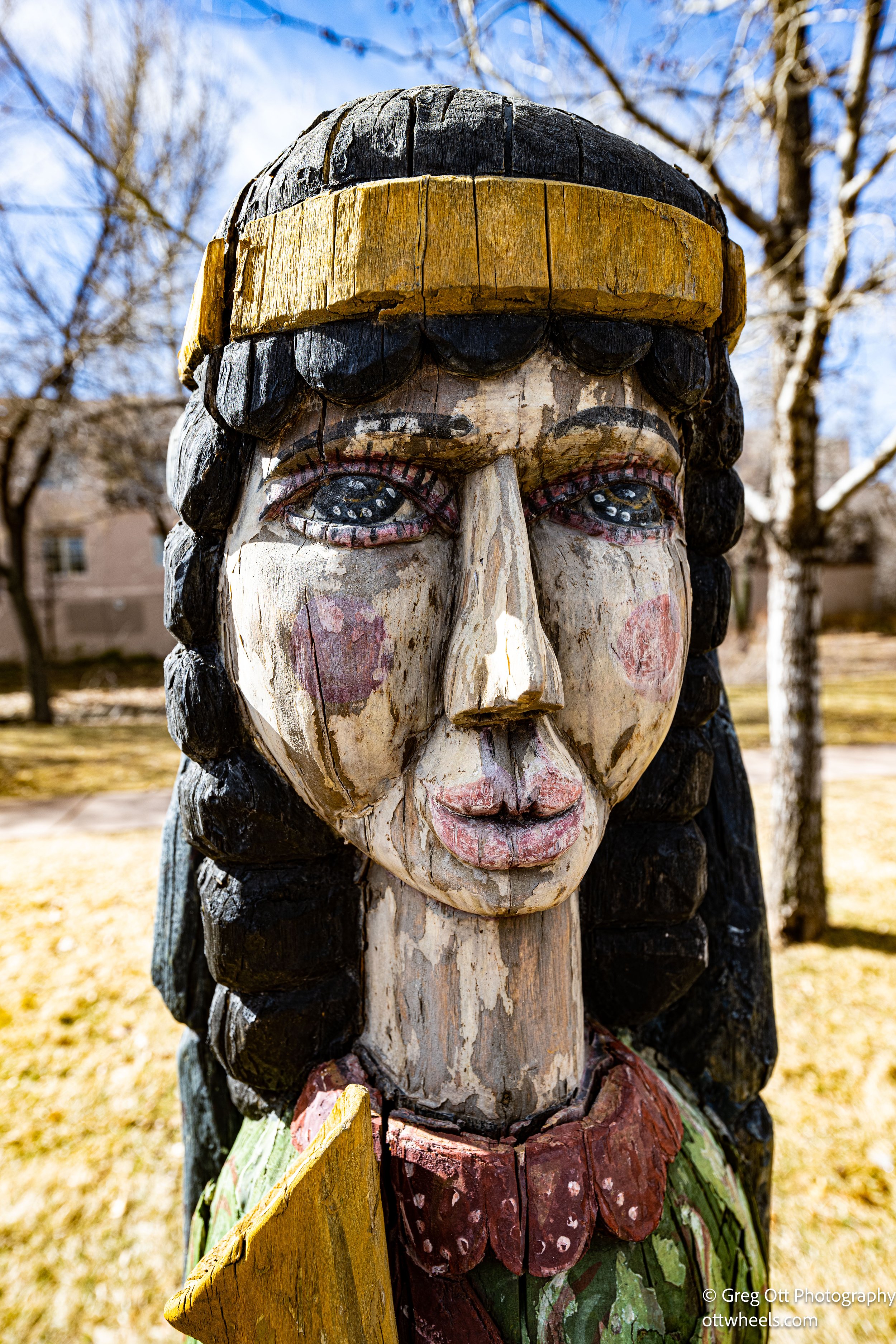
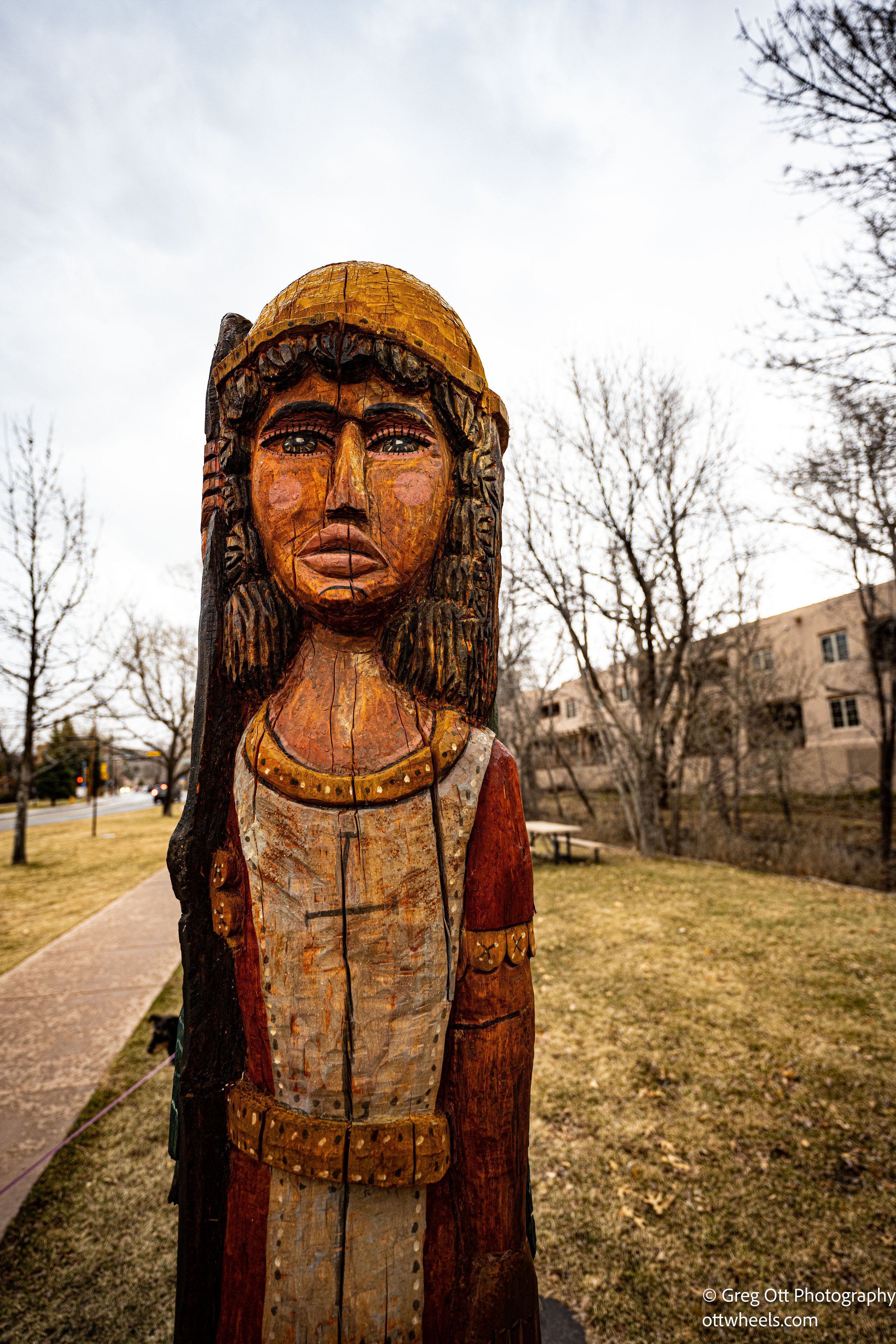
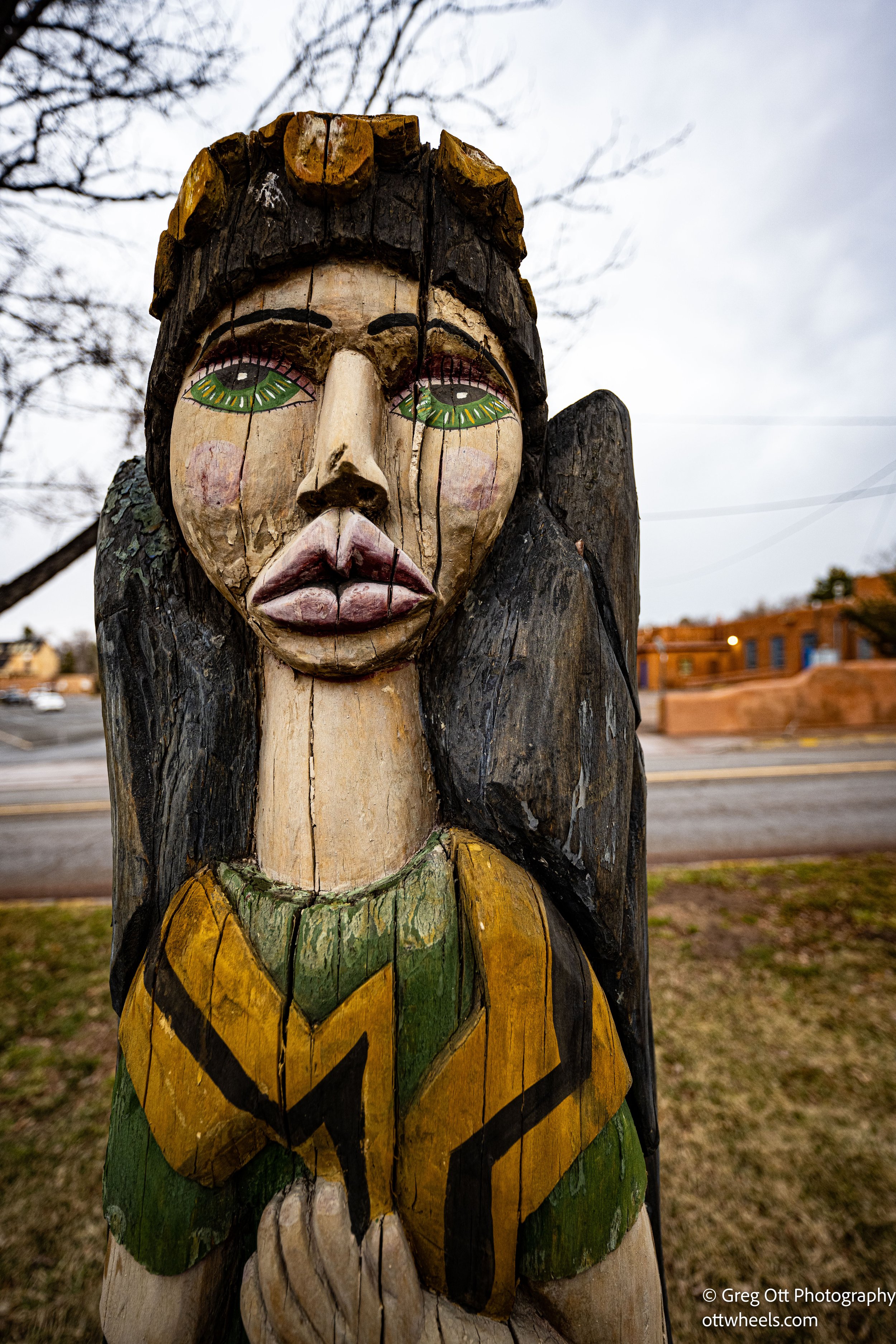
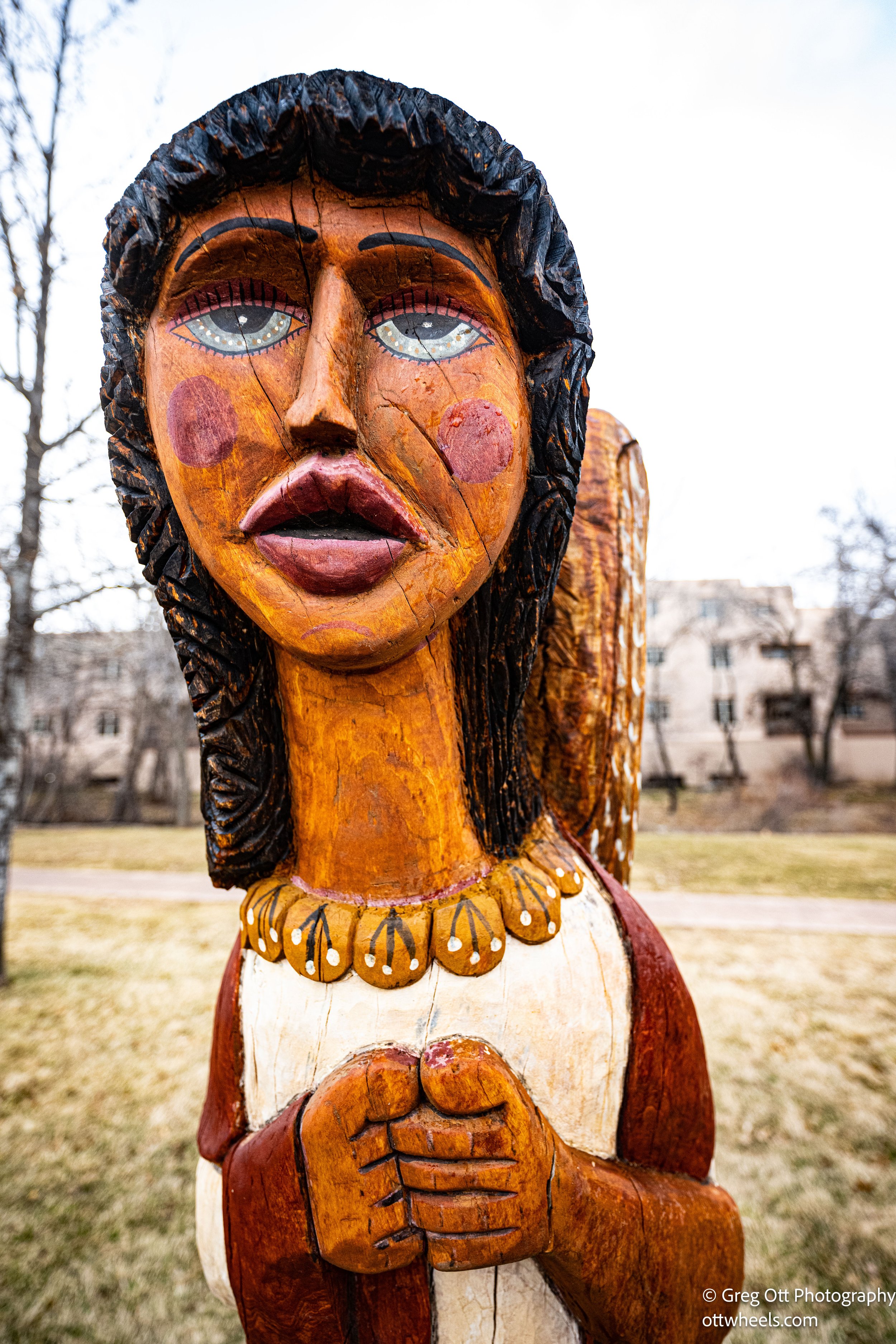
Santa Fe, New Mexico is a vibrant city known for its rich culture and artistic heritage. The New Mexico State Capitol building was one of the main things I wanted to see in the heart of downtown Santa Fe. The architecture is very different from any other capital building I’ve visited. At the front of the building, I asked someone if the building was open to the public. He was a Texas state senator working with the New Mexico legislators on a bill. He said that the building was open and that the art and architecture inside were spectacular.
He was correct about the art work. It was a museum of the best art by New Mexico artists. There weren’t a lot of monuments on the outside of the building. At the entrance, there is a statue called “Morning Prayer” of an Apache Indian. On the street there was a large piece with no plaque which I have no idea what it was about (Perhaps a dedication to the Navajo Code Talkers?). There was only one bust dedicated to anyone.

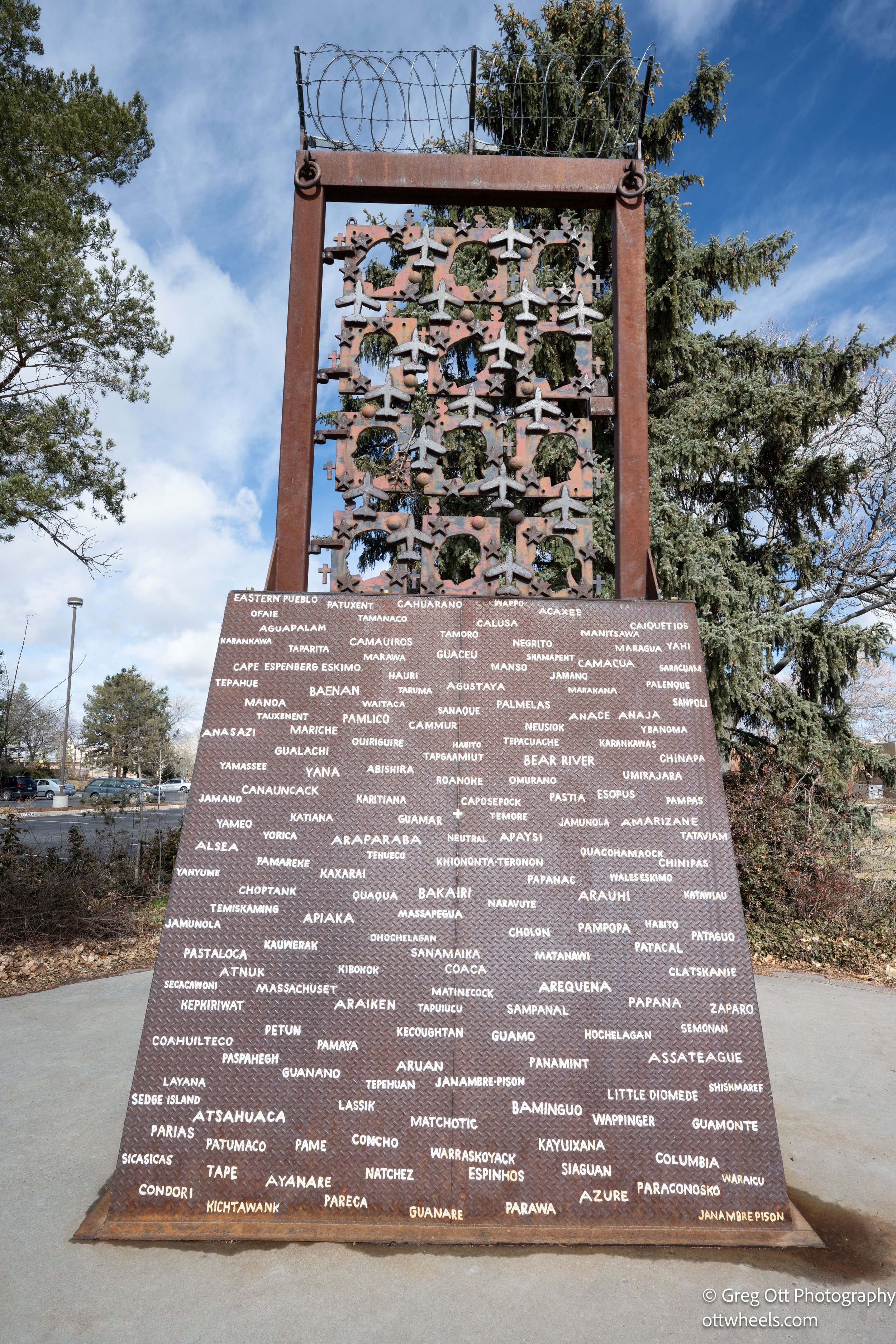
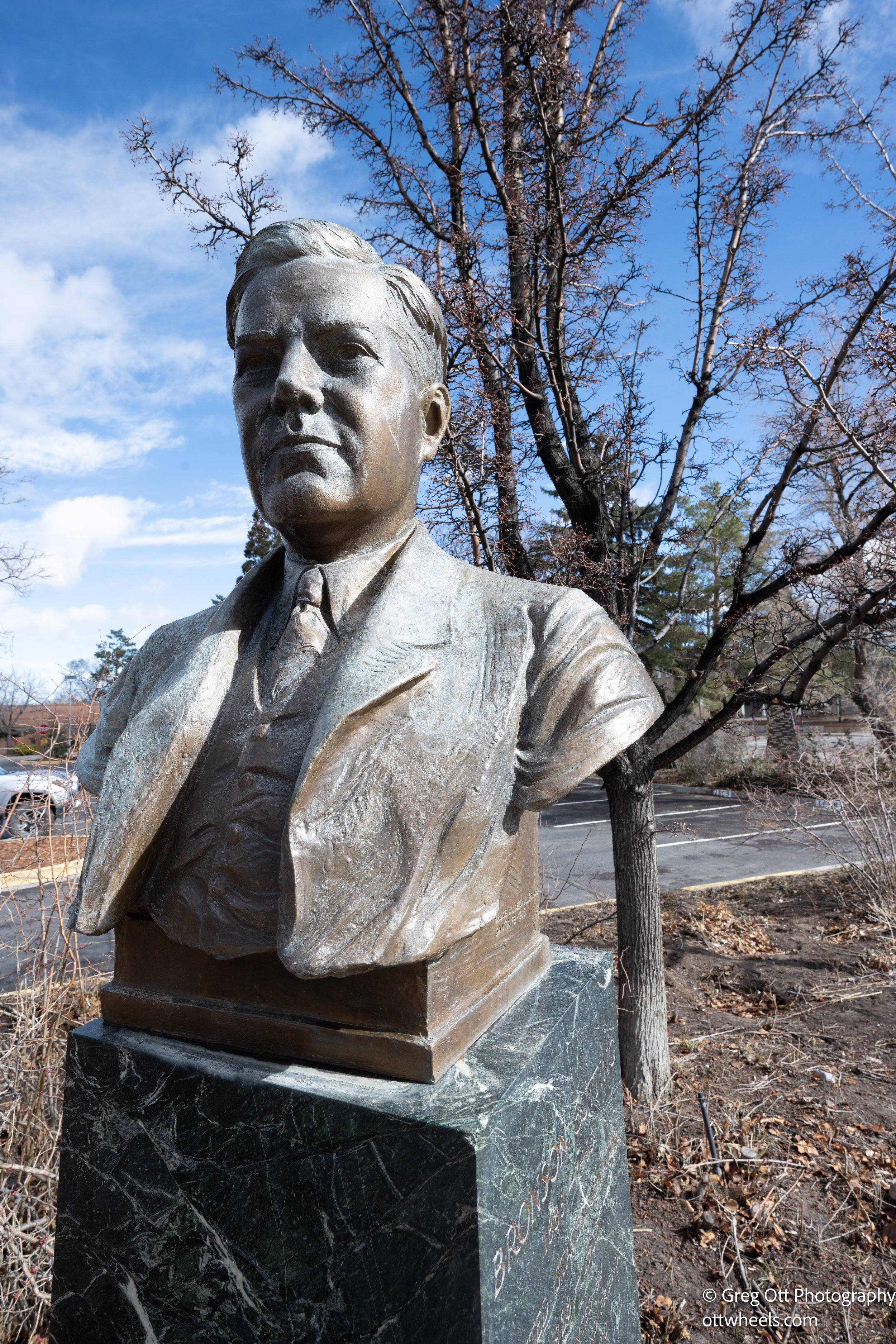
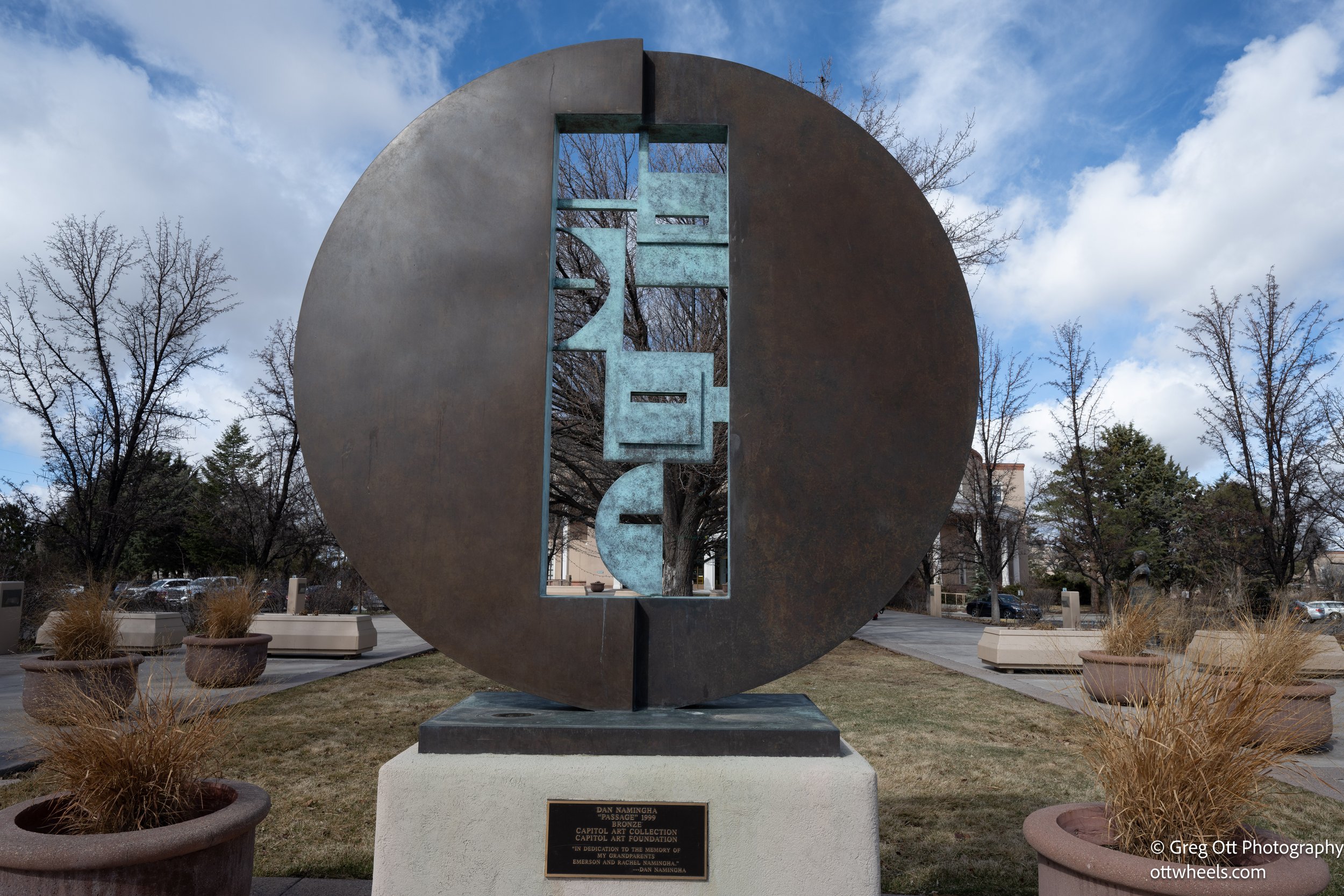
While walking around, I met a New Mexico senator who seemed to know a lot about the Architecture of the building. According to him, the building was designed from the Chaco Kiva concept.. I’ve not been able to find any evidence of that but the building is round and down several floors. In fact, what I’ve read is that the New Mexico Capitol Building's design is based on the Zia sun symbol.
I went downstairs to the Senate Hall and took some photos. The Senate was on break and about to restart. They thought I was with the press and they requested my credentials. They told me I could stay for a few more minutes but that I needed to leave before the session started. I spoke to Senator William “Pablo” Soules. He was organizing all the bills that would be discussed by the Senate over the next few days.
Zia Symbol
The Zia sun symbol is a traditional emblem of the Zia Pueblo, a Native American tribe located in New Mexico, United States. The symbol consists of a red circle with four sets of four rays emanating from it in a clockwise direction. Each set of rays is arranged to form a square, with two of the corners of the square aligned vertically and two aligned horizontally.
The Zia sun symbol represents many different things to the Zia people. The number four is significant in Zia culture, representing the four cardinal directions, the four seasons, and the four stages of life. The circle represents the sacred nature of life, with no beginning or end. The colors used in the symbol also have meaning, with red representing the east, yellow representing the north, white representing the west, and black representing the south.
The Zia sun symbol is widely recognized and respected in New Mexico, where it is featured on the state flag and is used as a symbol of the state's Native American heritage. The Zia people hold the symbol in high regard and consider it a sacred emblem that should be treated with respect and reverence.
The Lorreto Chapel
The Loretto Chapel is a historic church located in Santa Fe, New Mexico, United States. It was built in the late 19th century, between 1873 and 1878, and is known for its unique spiral staircase, which is a marvel of architectural design and engineering. The church is now privately owned and was saved from demolition.
The Loretto Chapel was originally built as a convent chapel for the Sisters of Loretto, a Catholic religious order. The most remarkable feature of the Loretto Chapel is its spiral staircase, which was built without any visible means of support. The staircase has two complete 360-degree turns, is 20 feet tall, and is made entirely of wood. The stairs were constructed by a mysterious carpenter who showed up at the chapel one day and disappeared before he could be paid or thanked. Legend has it that the carpenter was St. Joseph himself, who came to help the nuns in their time of need. There were so many people around the staircase, that I couldn’t get a good photo.
The chapel has been featured in numerous films and television shows, and it is considered one of the most beautiful and intriguing historic landmarks in Santa Fe.
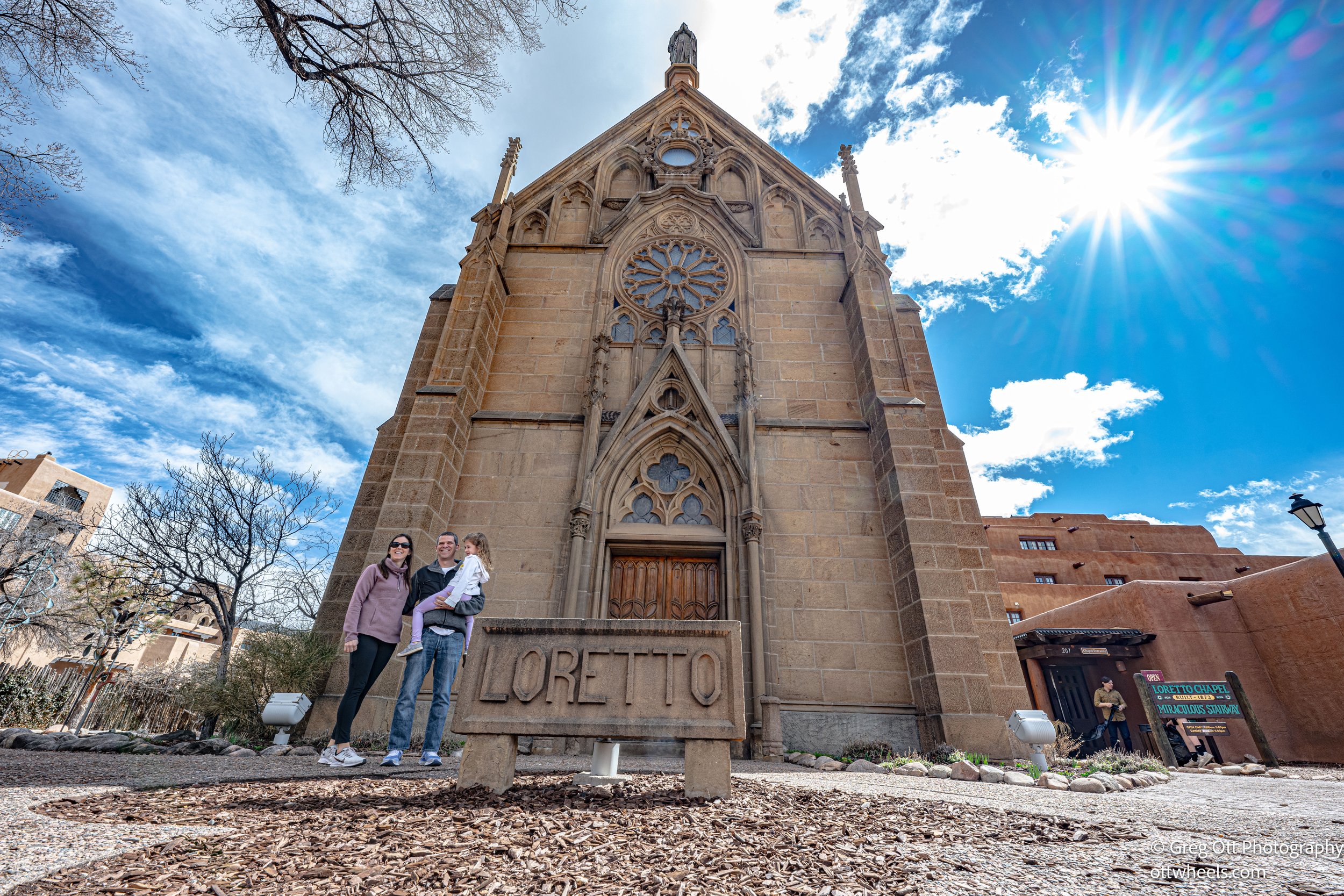
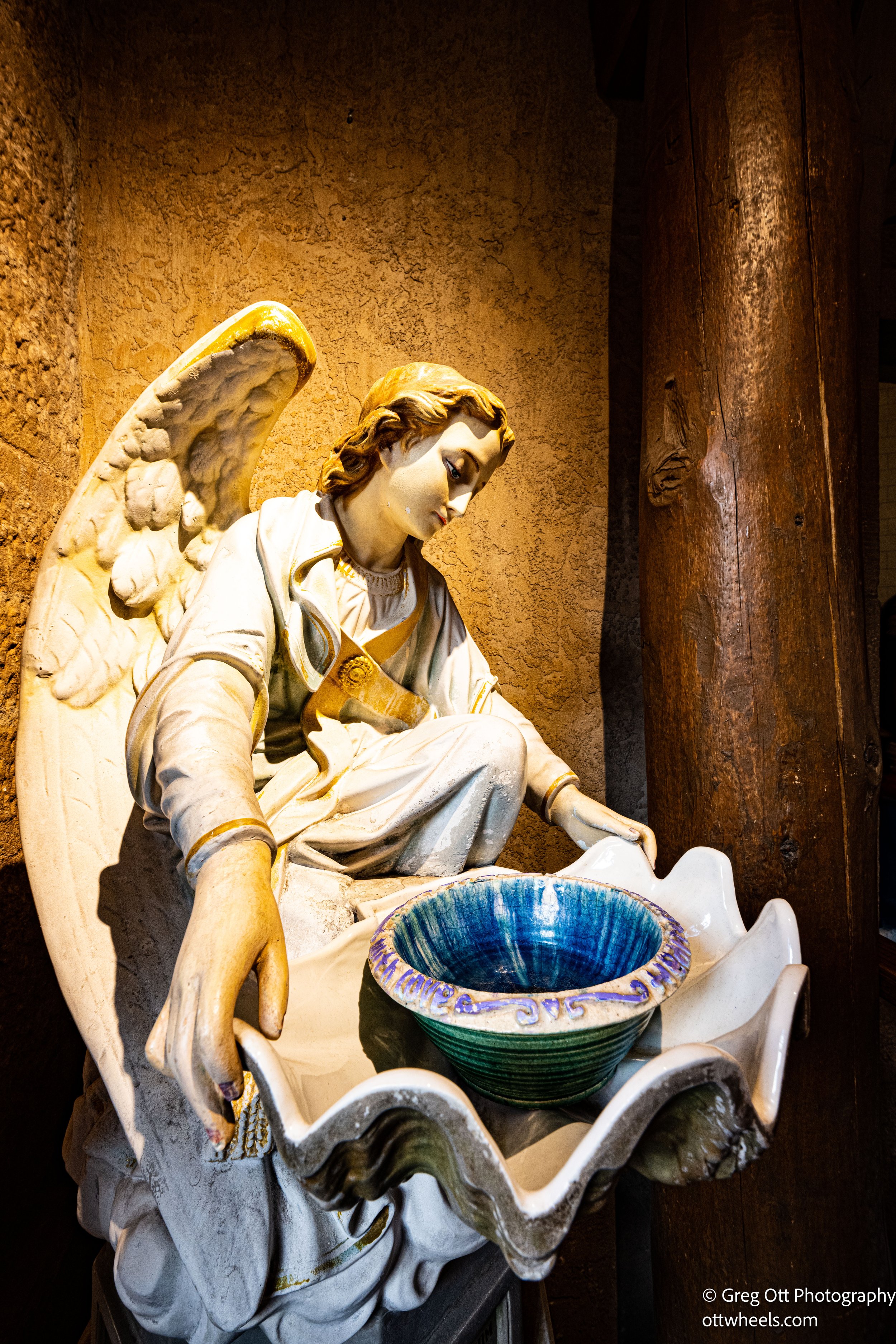
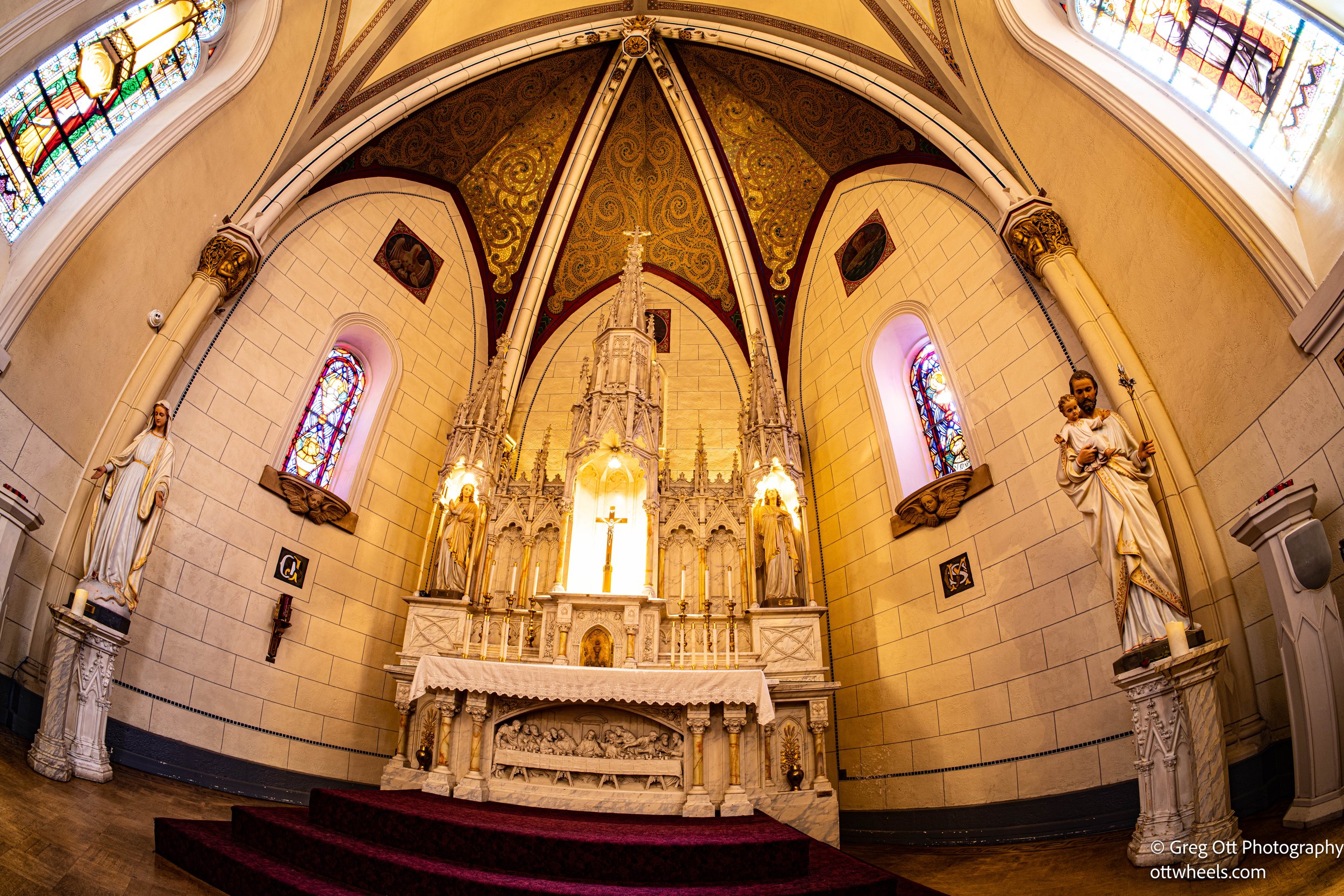
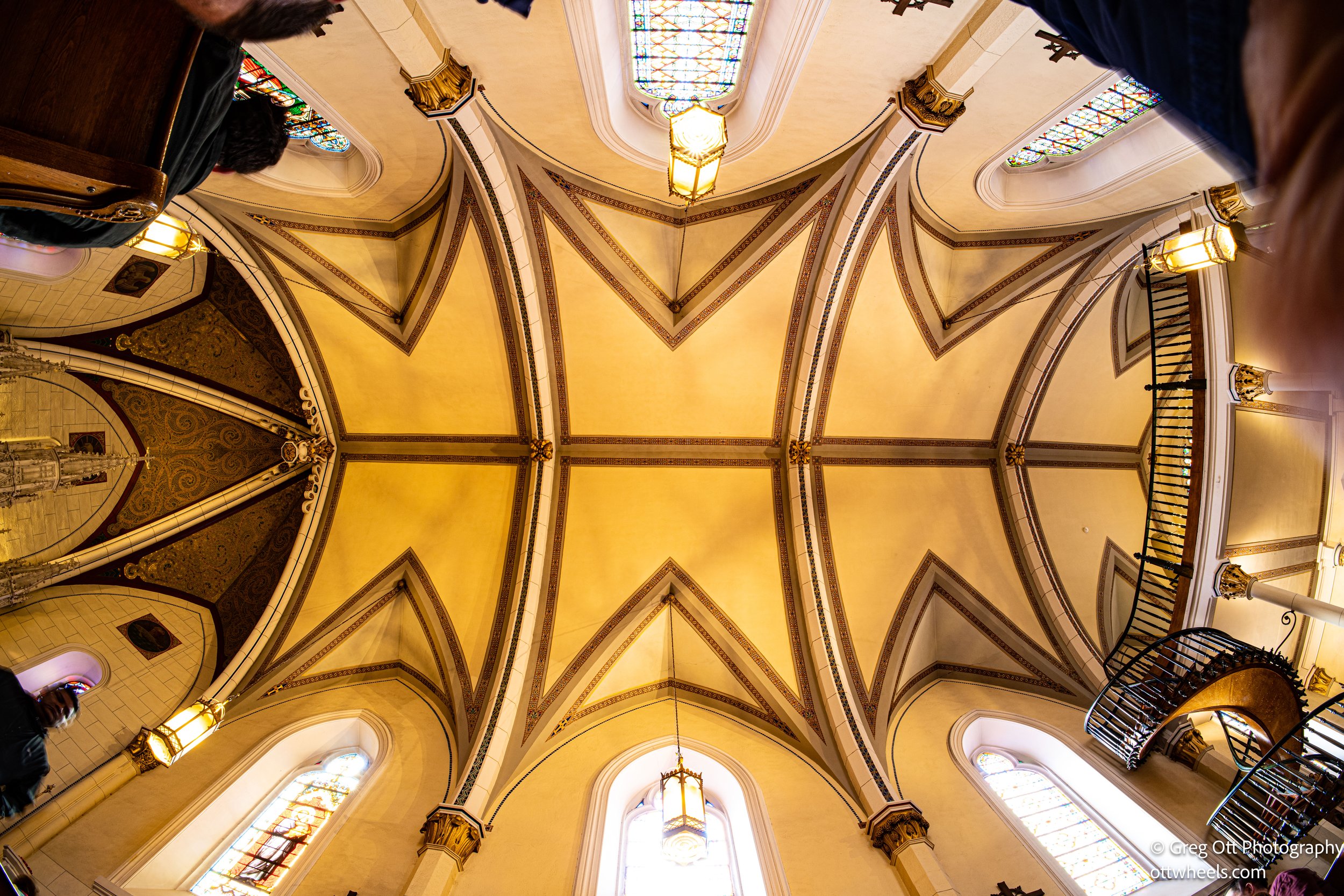
Randal Chevez Art and stones
Met Randal selling his artwork and stones on the street. He paints on various materials and collects stones. It began to rain and he was quickly trying to cover the stands. He didn’t seem to be worried about the paintings. He said the rain wouldn’t do anything to the pain. He also said, that he has though of putting some paintings in the washing machines to see how it would change the color and texture of the painting.
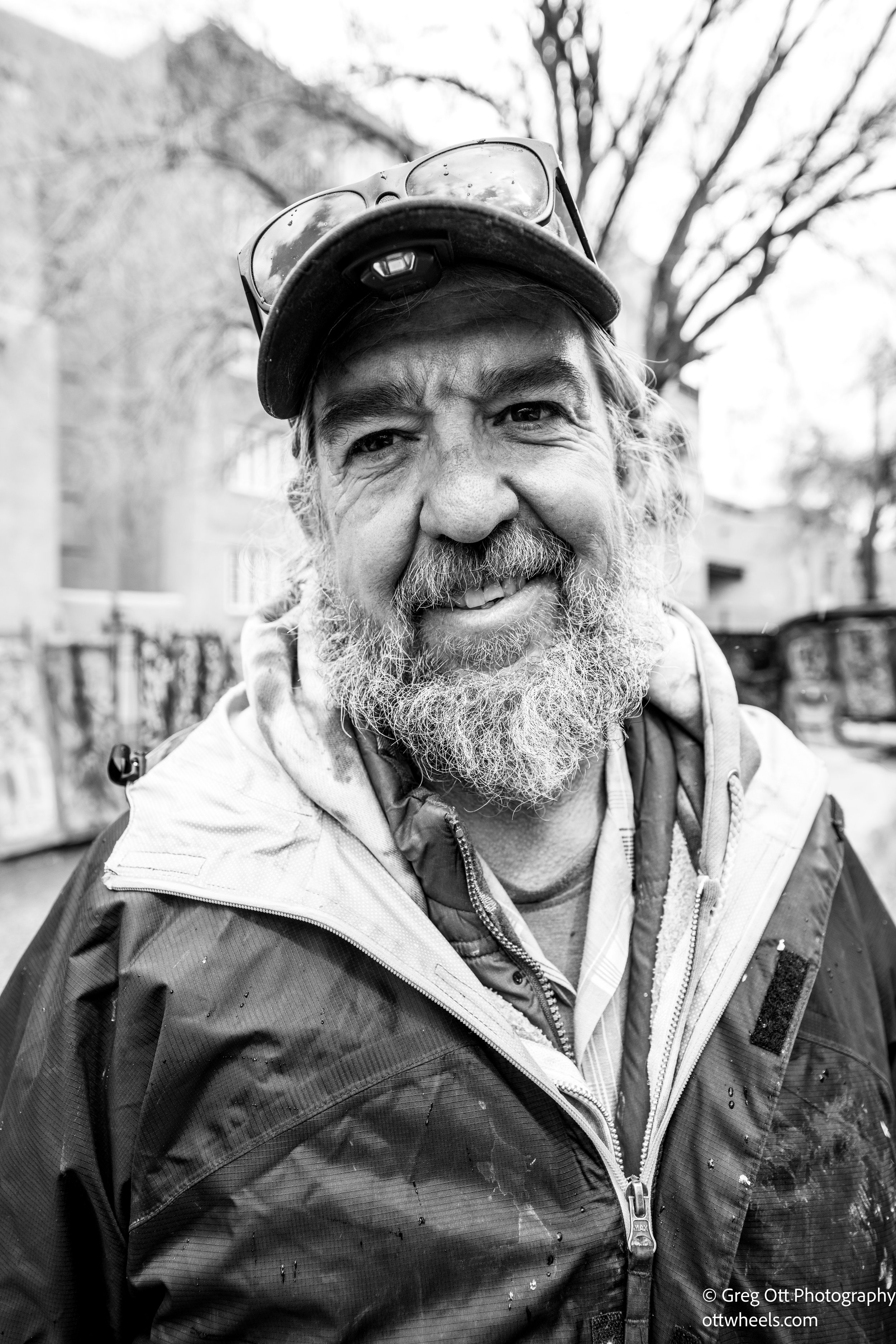

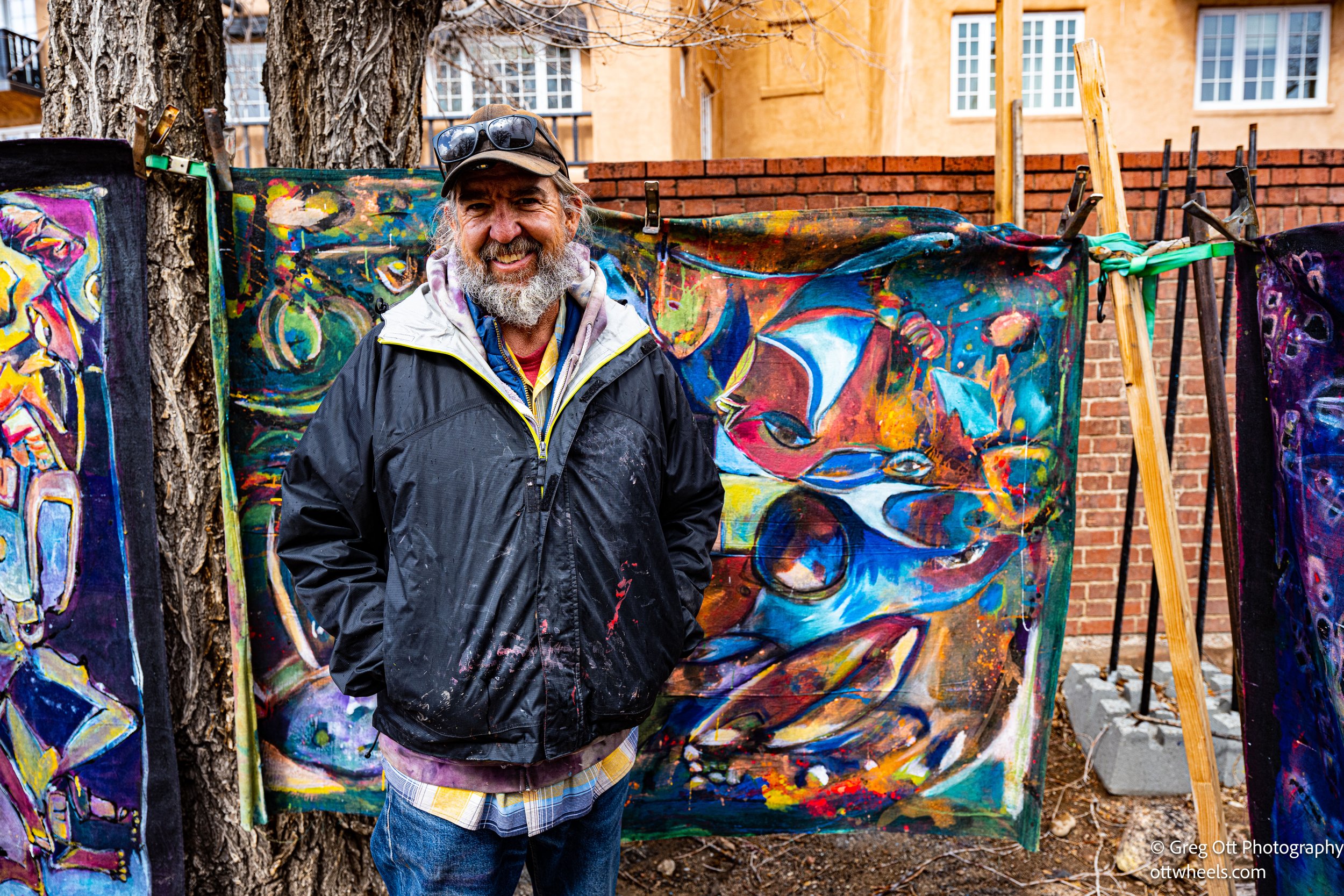
Sante Fe Honey Salon and Farm Shop
I was drawn to this shop because of the jars of honey in the shop window. I entered and met the owner. She was giving out samples. I really liked the jalapeno pecan honey. I took photos around the the shop and purchased some honey.
The Plaza Cafe
My sister told me there was a “great little restaurant on the square in Santa Fe. It looks like a diner inside. Fabulous blue corn tortila layered thingamabob.” I found the restaurant, The Plaza Cafe by accident and met Alex there for dinner. I didn’t have the thingamabob, but the food was good and I ordered a slice of pie with ice cream.
Later in the afternoon, I found my way to my car. As I drove away, I found areas where there were many different types of art work and I stopped to take photos.
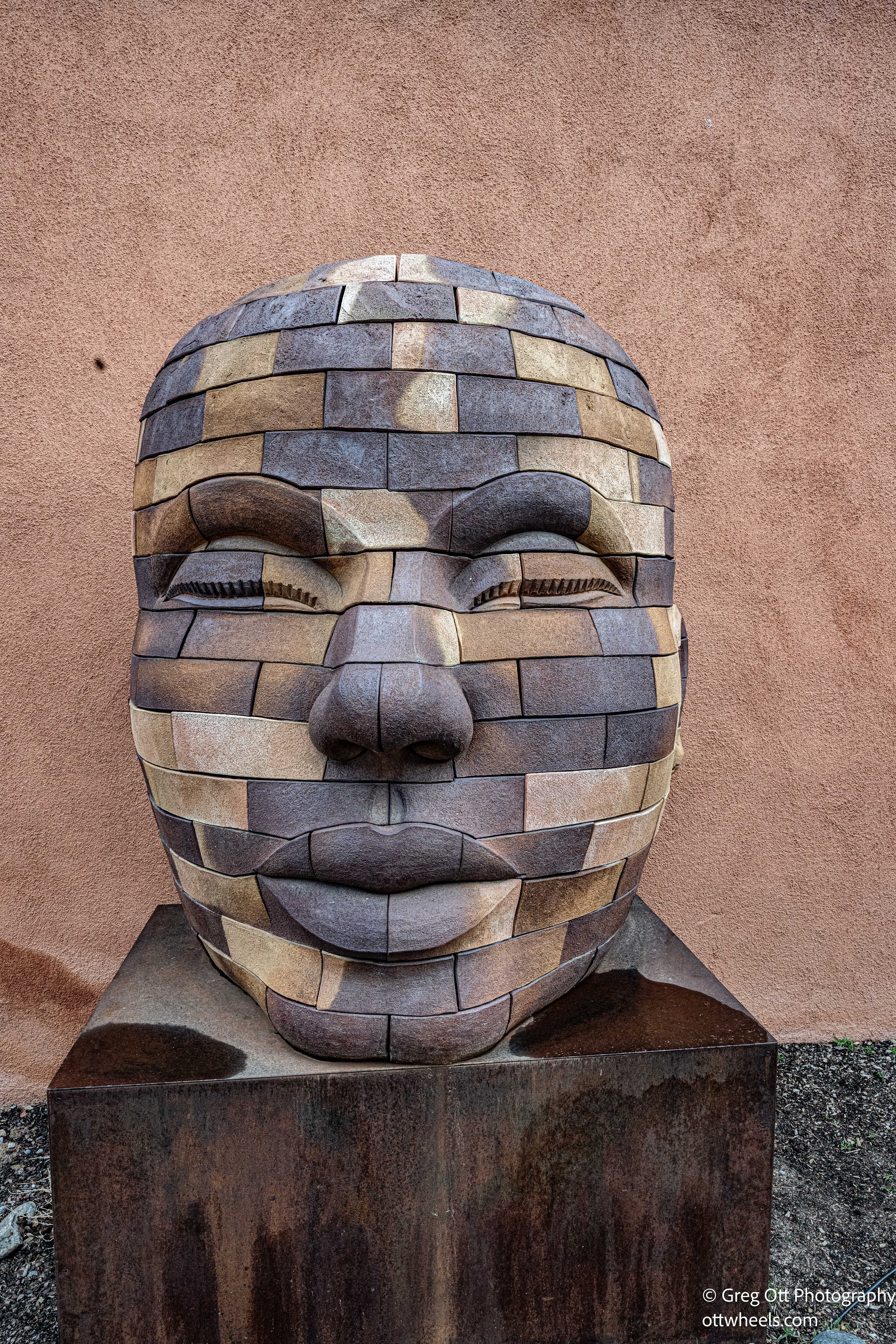

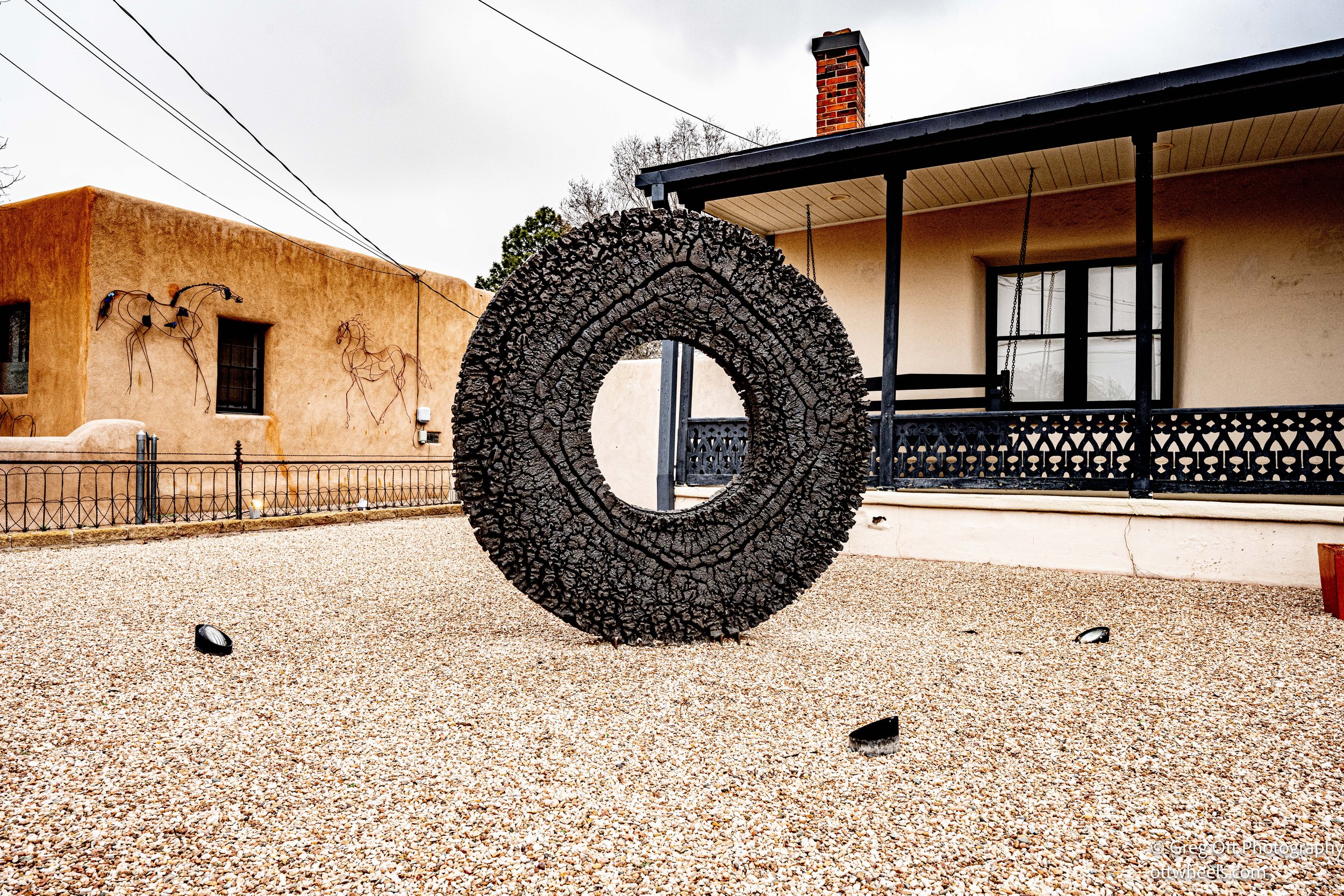
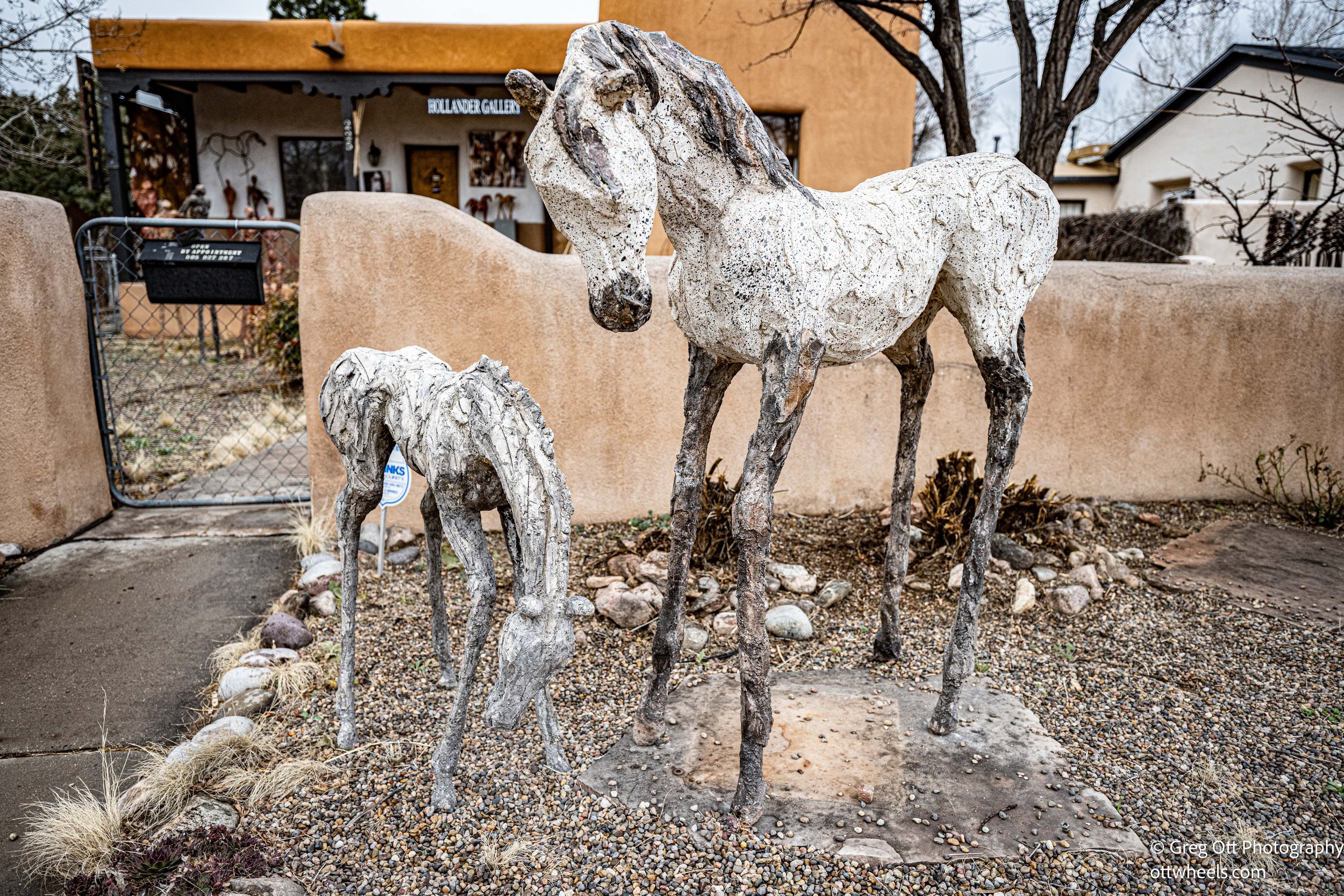
I drove around for a few hours just taking in art and scenery. I got back to the campsite around 10:00 pm. The temperatures were dropping into the 20s. There was a mix of rain and sleet in the air. If felt good to crawl into the sleeping bag. I read for a little while and then drifted off.
